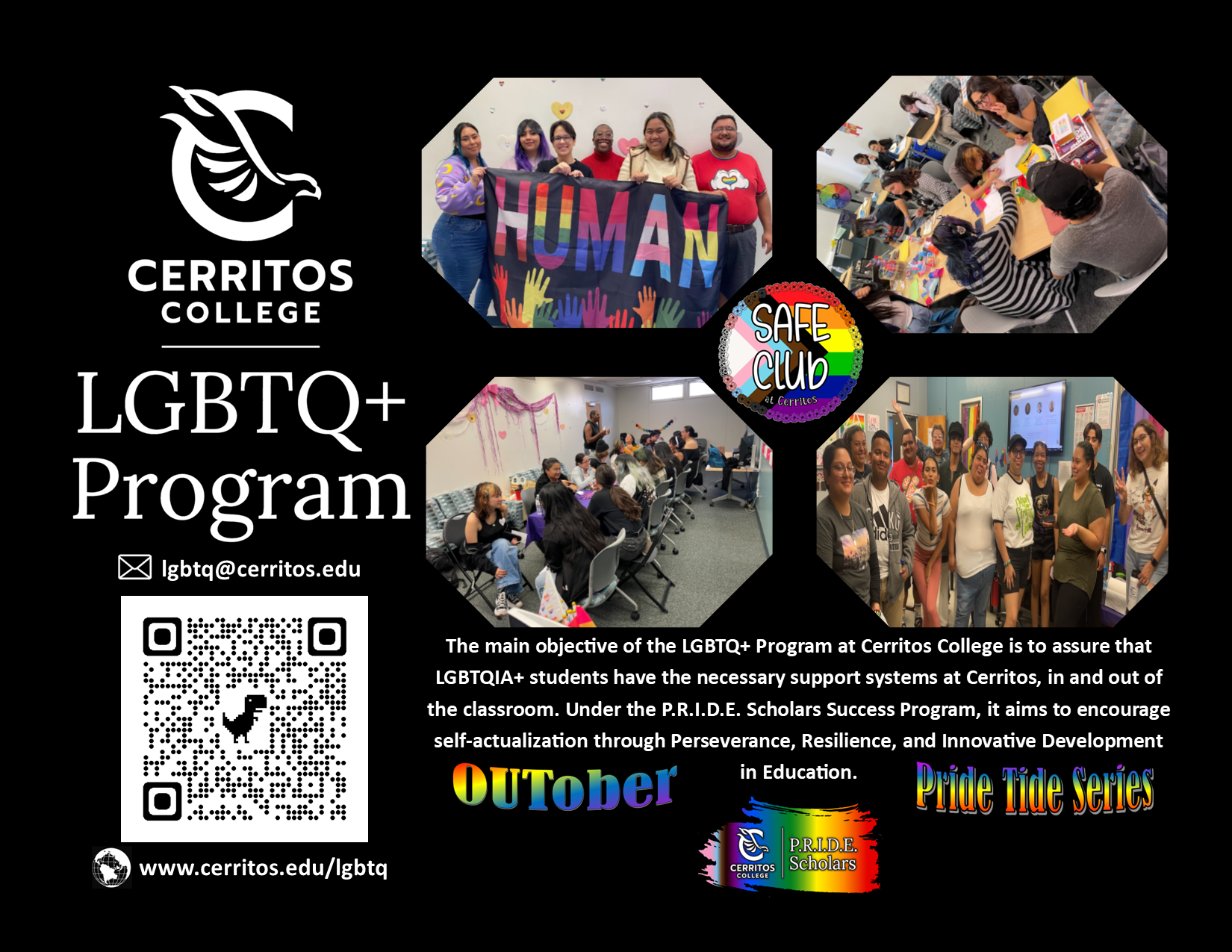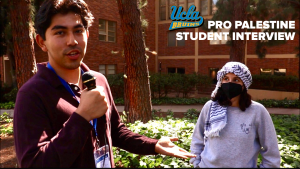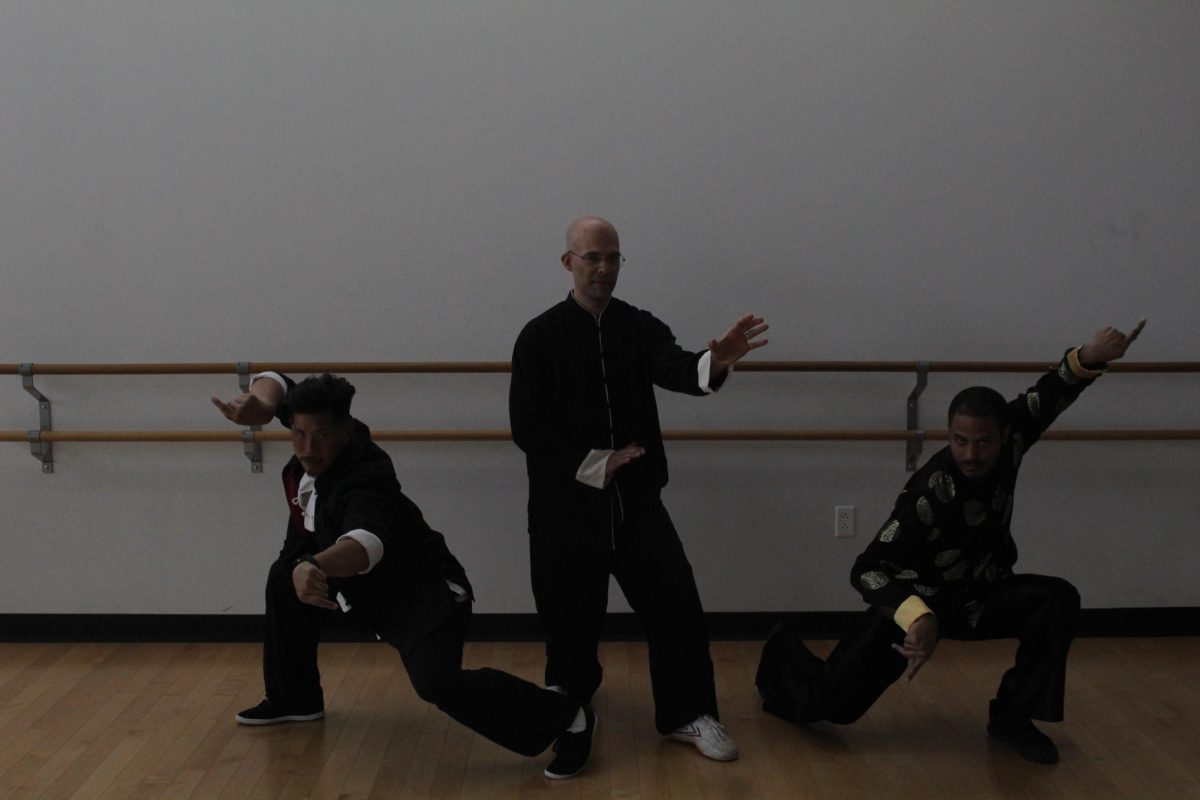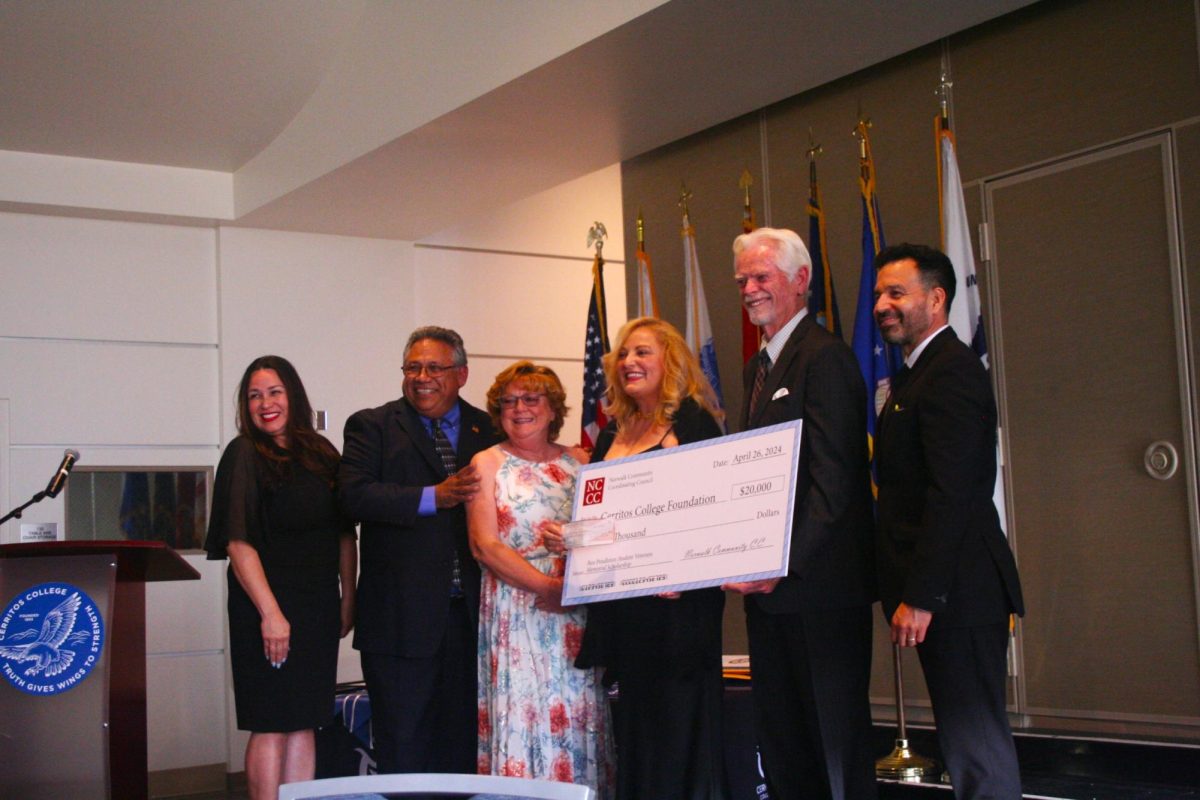Understanding the business economics of any major institution can often be a challenging, and somewhat daunting, task.
Cerritos College is no exception.
The college is currently in the process of paying off a Certificate ofParticipation and obtaining a General Obligation Bond.
Lets start at the beginning.
A C.O.P. is a municipal financing instrument. Think of it like a giant Cerritos College credit card, good for financing campus projects, like purchasing new equipment or remodeling buildings.
Vice President of Business Services and Assistant Superintendent, Dennis Chuning, said, “We get lower rates because of our tax exempt status.”
The good? The money is there when it’s needed. The bad? Eventually, the college has to pay it back.
The school is in the process of paying off an existing C.O.P. There are two more annual payments.
Meanwhile school officials are working on obtaining an additional C.O.P.
“We [the administration] have recommended to the governing board a C.O.P. of about $15 million,” Chuning says.
The money from this C.O.P. will go to the last two payments of the existing C.O.P. as well as various projects around the school. Chuning explained that because, “the current market rate for borrowing money is lower today than it was six years ago, we are suggesting that we refinance those final payments at a lower rate.”
In addition, new equipment and furniture is scheduled to be purchased.Construction of new buildings as well as renovation of current buildings is also a scheduled use for the C.O.P.
Specifically, the target projects for this C.O.P. are: construction of the new health occupations building, construction of a 45,000 sq. ft. general purpose classroom, remodeling of the electronics lab, construction of an administrative support building and purchase of administrative software.
Enter the G.O. Bond.
“We are currently doing a feasibility study to determine the need for and the likelihood of passing, a General Obligation Bond,” Chuning said.
Okay, C.O.P., G.O.B., it’s all the same right?
Hardly.
The beauty of the G.O. Bond is that it’s money given to the school.
No borrowing, no interest and no payments.
Chuning explained that the school is currently looking at putting a G.O. Bond on the ballot for 2003.
“If that were to pass, part of the proceeds from the General Obligation Bond would be used to pay off this new C.O.P. we’re acquiring,” Chuning said.
Chi-Chung Keung, director of Marketing and Public relations explains this quite simply: “The G.O. Bond would be used to pay off the C.O.P.”
It’s as simple as that.
Almost.
Think back to Intro to Economics and apply that lovely little acronym:TINSTAAFL. The money has to come from somewhere.
“A General Obligation Bond is a measure that is put before the voters within the Cerritos College District. It not only authorizes us to incur debt, it also says that the taxpayers, the homeowners, agree to pay the debt for us through additional property taxes,” Chuning explained.
“What we would ultimately be doing is getting these additional facilities and this equipment that we think is critical and essential to the college and the community would actually pay for it.”
With this supplemental tax, homeowners pay an estimated four dollars per month.
The G.O. Bond, which ends up ranging from 150 to 170 million dollars is used finance campus projects, but leaves the college debt free.
Chuning says, “School districts and community colleges do not use debt financing the way that private industry does.”










